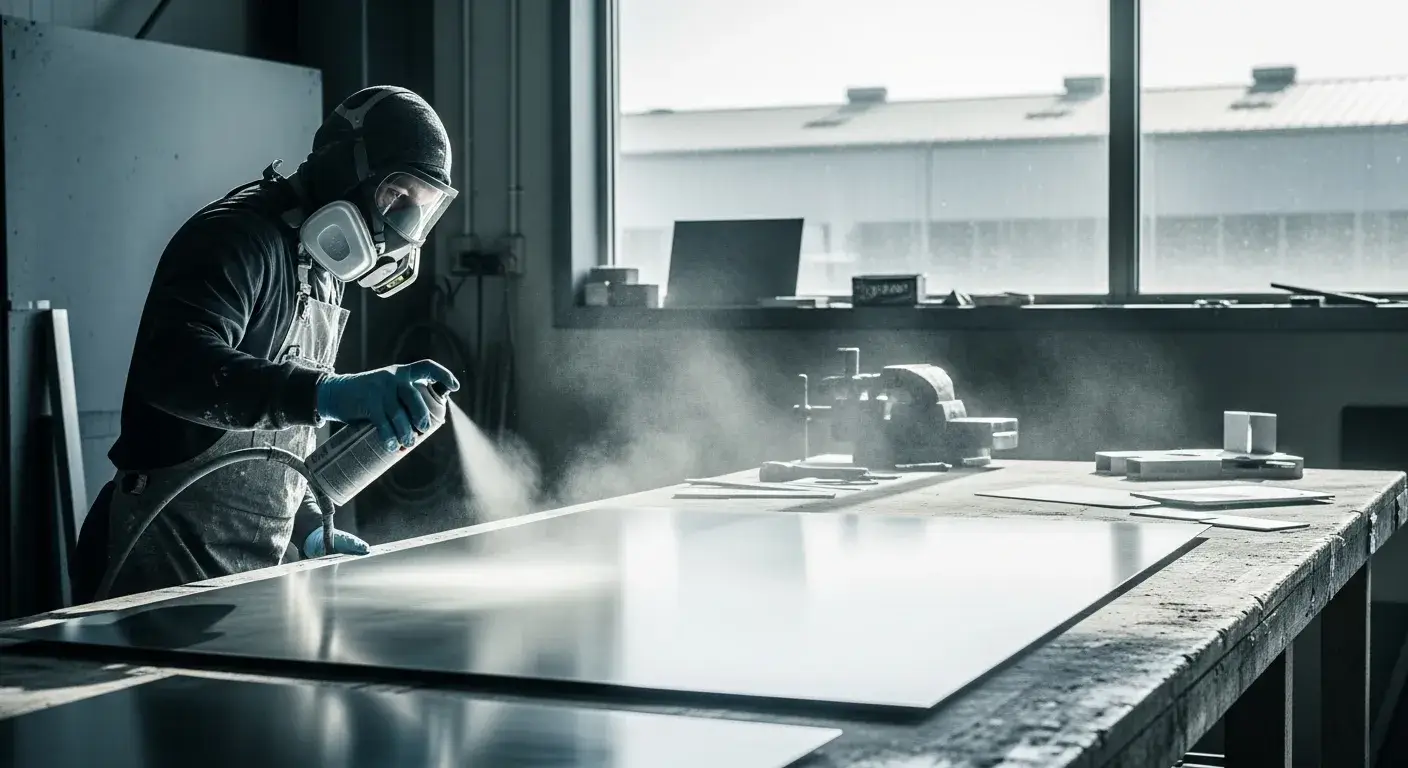
Think spray paint won’t stick to stainless steel? It can—if you prepare the surface right and choose the right paint and primer.
Yes, stainless steel can be spray painted effectively. But surface prep, primer choice, and protective topcoats are essential for lasting results.
Before you grab the spray can, here’s how to do it properly for best adhesion and durability.
Is it possible to spray paint stainless steel effectively?
Spray painting stainless steel sounds easy—but its corrosion-resistant surface makes adhesion tricky.
Stainless steel can be spray painted, but only if it's properly cleaned, sanded, and primed with a metal-compatible bonding primer1.
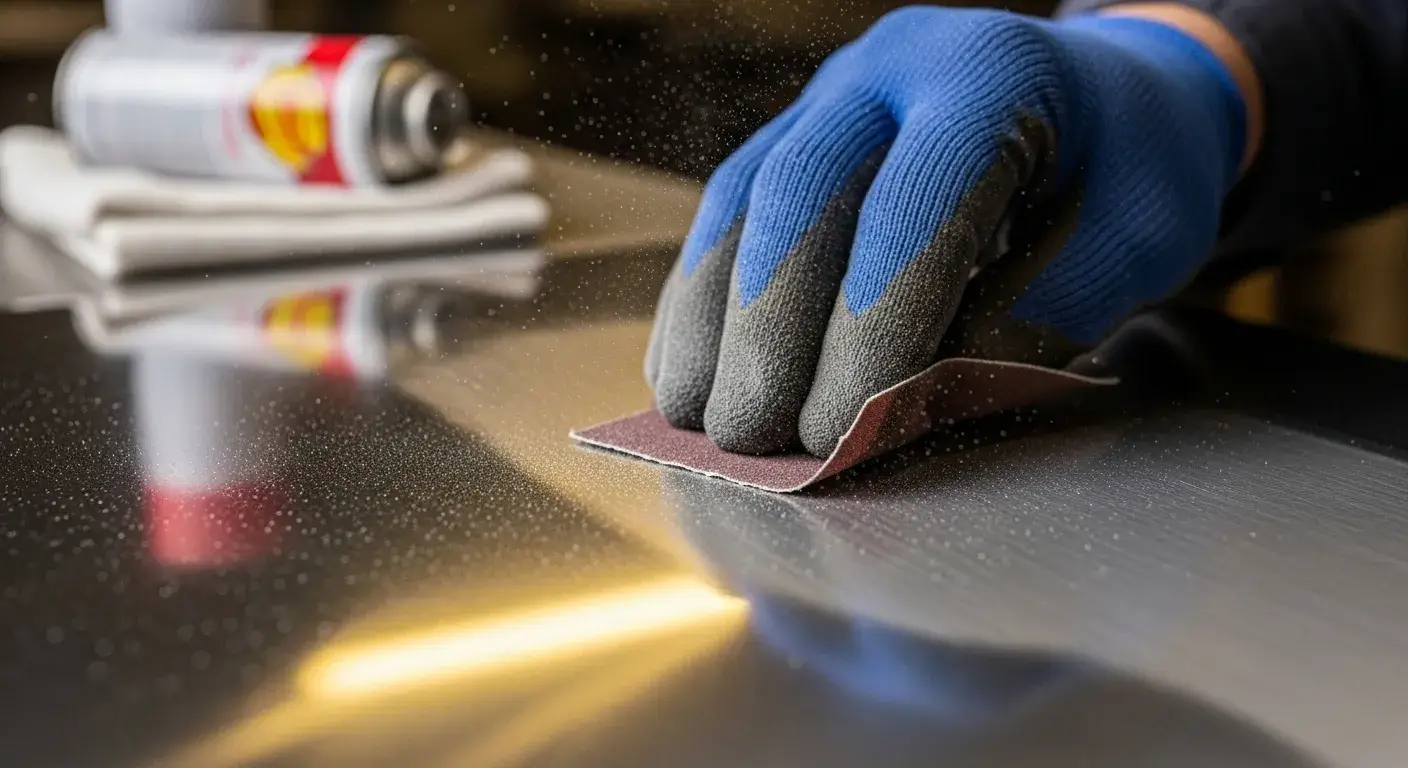
Why Surface Prep Is Everything
Stainless steel has a passive oxide layer that prevents rust—but it also resists paint. That’s why:
- You must remove oils, dirt, and residues with degreasers.
- Lightly sanding or scuffing the surface with 120–180 grit sandpaper helps paint grip.
- Wiping the surface with acetone or solvent removes invisible residue and boosts primer adhesion.
What surface preparation is required before spray painting stainless steel?
Just spraying without prep won’t work—paint will peel off in days.
You must degrease, sand, and solvent-wipe2 stainless steel before applying primer and paint.
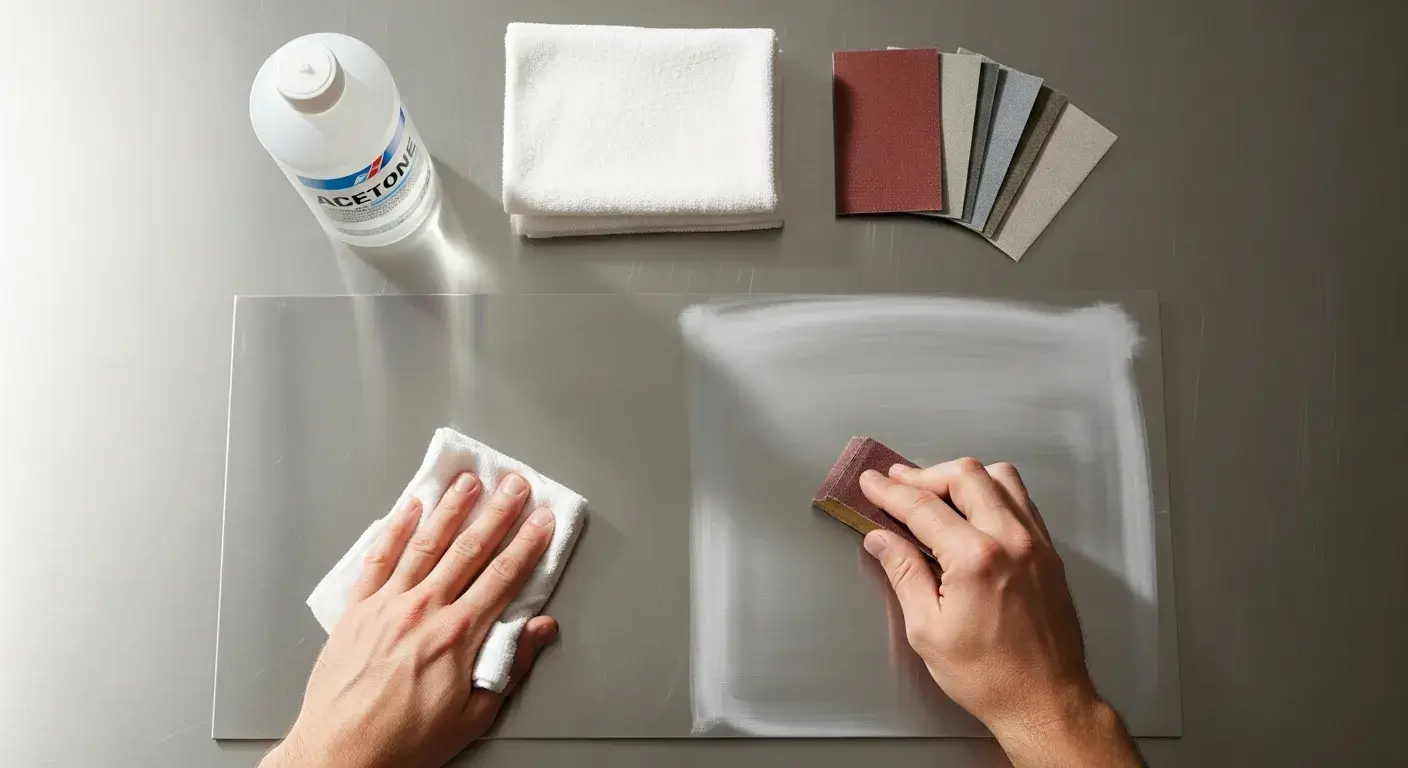
Step-by-Step Prep Process
- Degrease: Use a solvent like mineral spirits or acetone to clean.
- Sand: Lightly sand with 120–180 grit sandpaper or Scotch-Brite pads.
- Wipe Down: Use a lint-free cloth and acetone to remove all dust and oils.
Skipping any step means the paint might not stick.
Which primers work best for stainless steel surfaces?
Not all primers bond with stainless steel. Use industrial-grade ones.
Use epoxy-based or specialty metal primers3, like Rust-Oleum 3333 Super Adhesion Primer, designed for slick, non-porous surfaces like stainless steel.
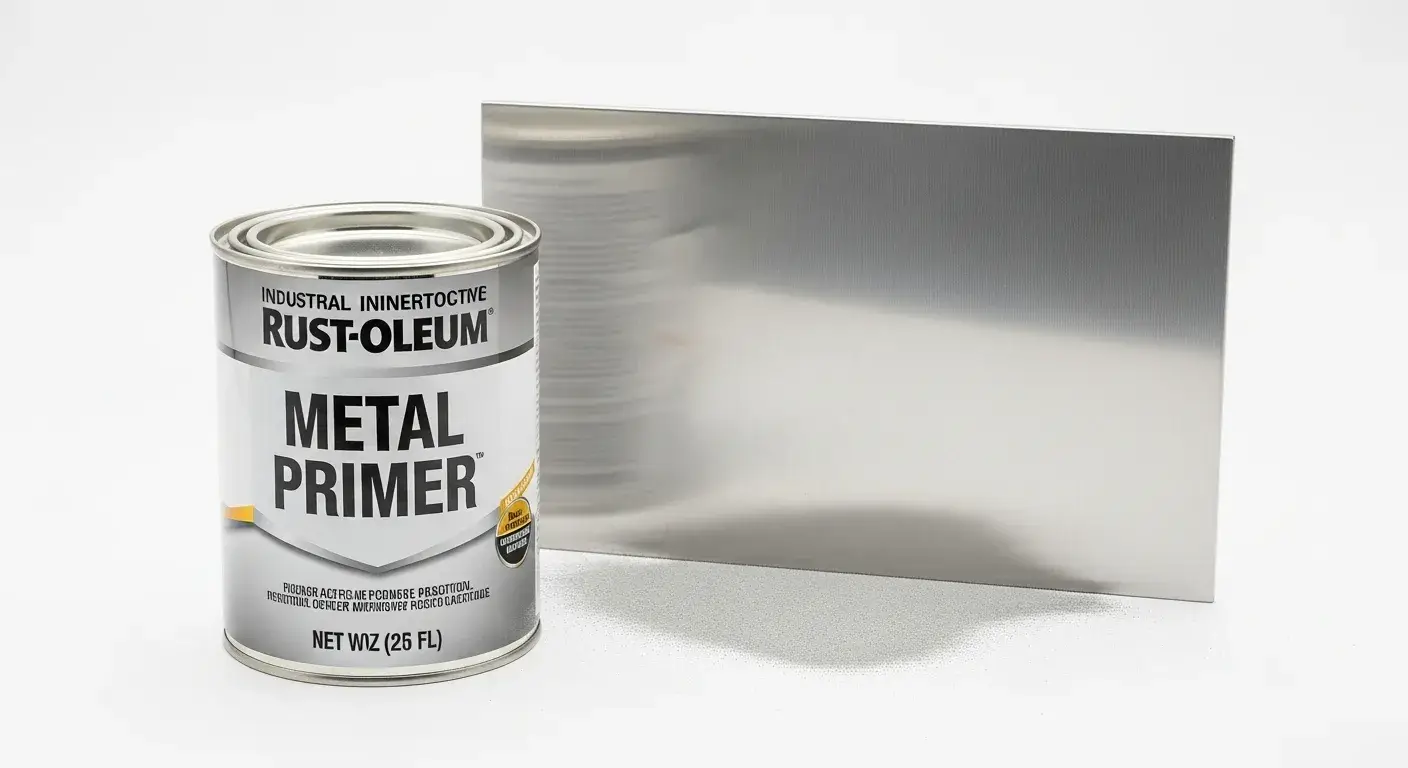
What Makes a Good Primer?
- Bonds without etching or sandblasting
- Handles temperature changes
- Resists corrosion
- Easy to spray or brush
Let primer dry as per instructions—usually at least 6 hours before painting.
What types of spray paint are suitable for stainless steel?
Paints made for metal work best—especially those that bond to primed, hard surfaces.
Use spray paints like Rust-Oleum, Krylon, or stainless-specific coatings4 with stainless pigments and acrylic resin.
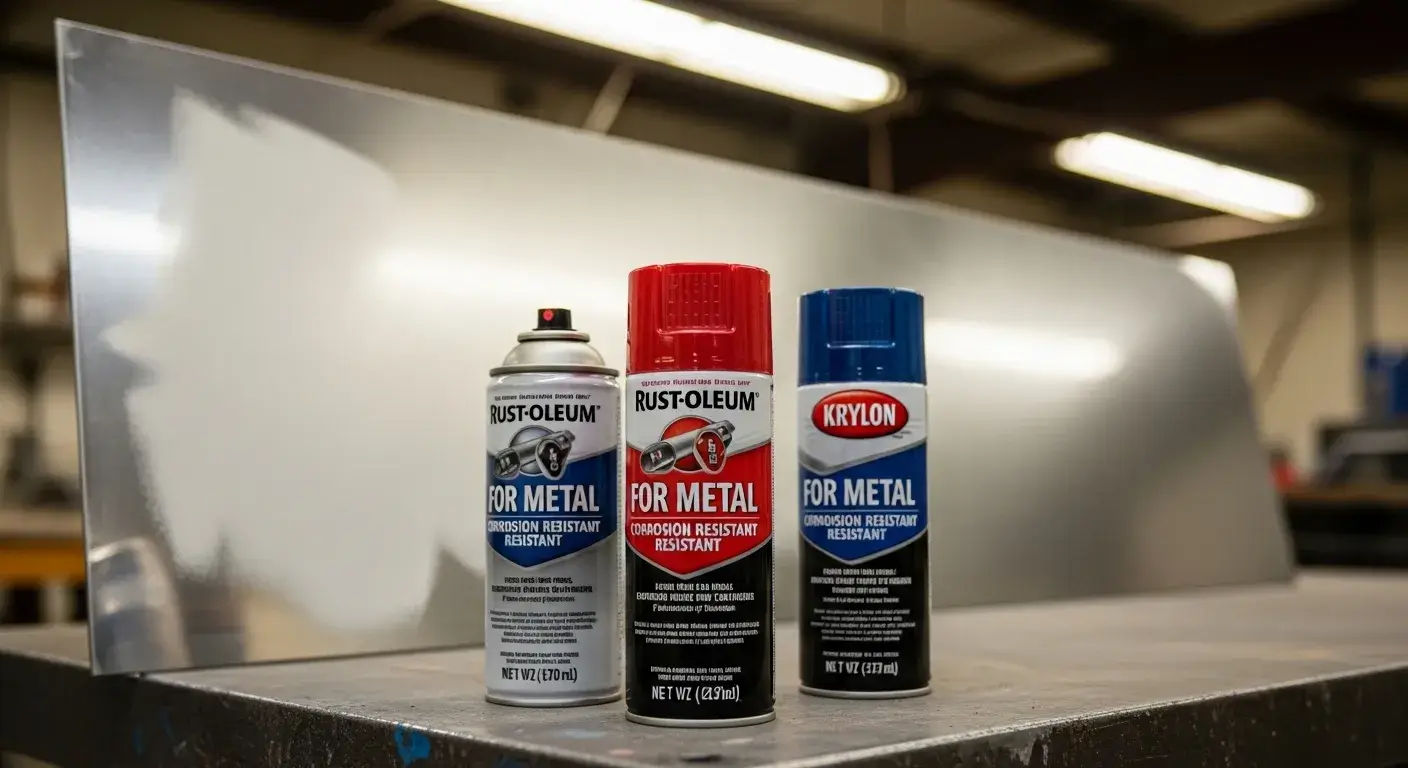
Features to Look For
- Designed for metal surfaces
- Epoxy or acrylic-based
- UV and corrosion-resistant
- Temperature tolerance up to 300°C
Always apply 2–3 thin coats, with 15–30 minutes of drying between each.
How do you ensure paint adhesion on stainless steel’s corrosion-resistant surface?
Paint won’t stick to smooth steel unless you make it stick.
Scuffing the surface and using a stainless-compatible primer5 ensures that paint can bond properly.
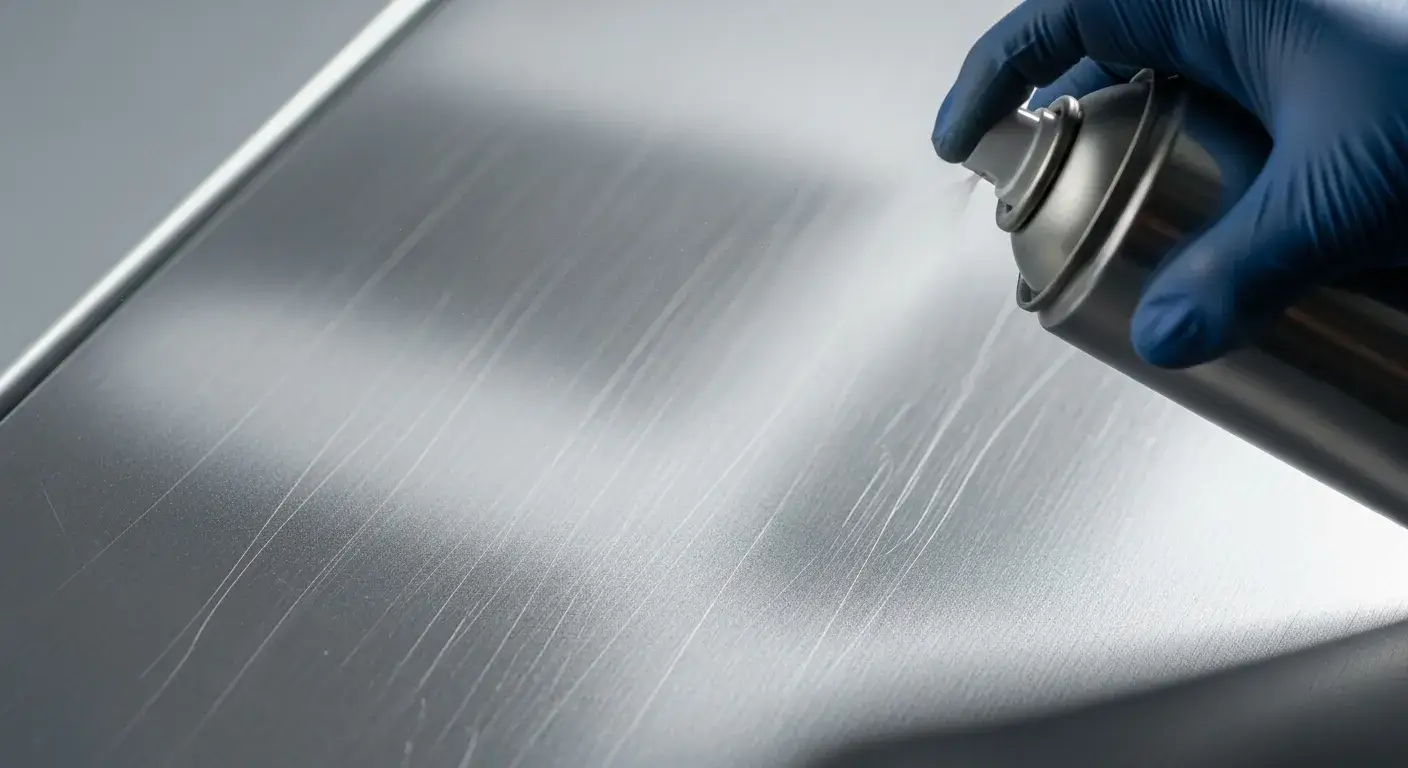
Key Factors for Adhesion
- Proper sanding creates "tooth"
- Compatible primer acts as glue
- Thin, even coats prevent drips and ensure even drying
- Curing at the right temperature locks in the paint layer
Can spray paint withstand the durability requirements of stainless steel applications?
It depends on the use—spray paint looks good but wears faster than powder coating.
Spray paint provides moderate durability6 but is less impact- and weather-resistant than powder coating.
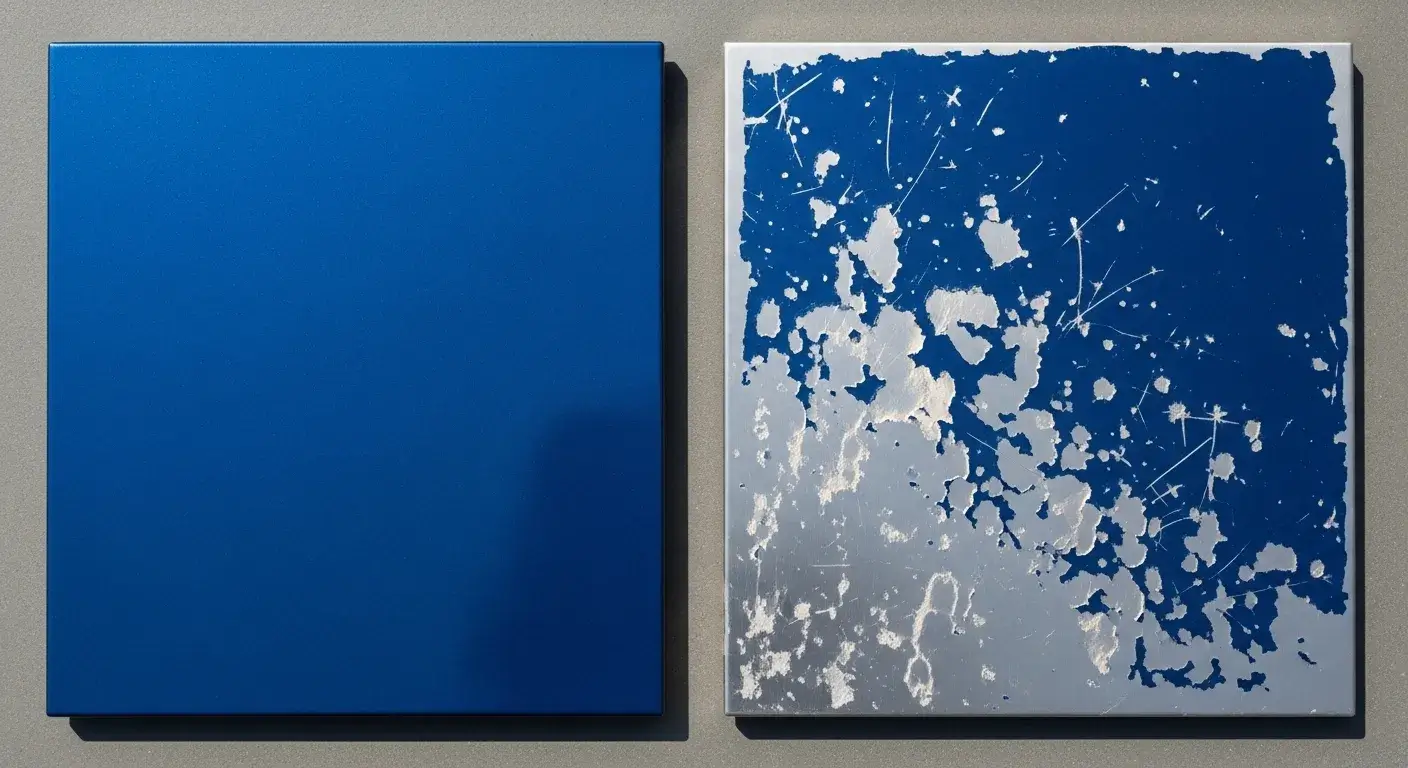
Best Use Cases for Spray Paint
- Indoor decor
- Light-duty surfaces
- Prototypes or samples
- Temporary projects
For heavy-duty use, choose powder coating instead.
What are the common mistakes to avoid when spray painting stainless steel?
Skipping steps or rushing the job leads to peeling, runs, and disappointment.
Most spray paint failures on stainless steel happen due to poor prep, wrong primer, or improper application7.
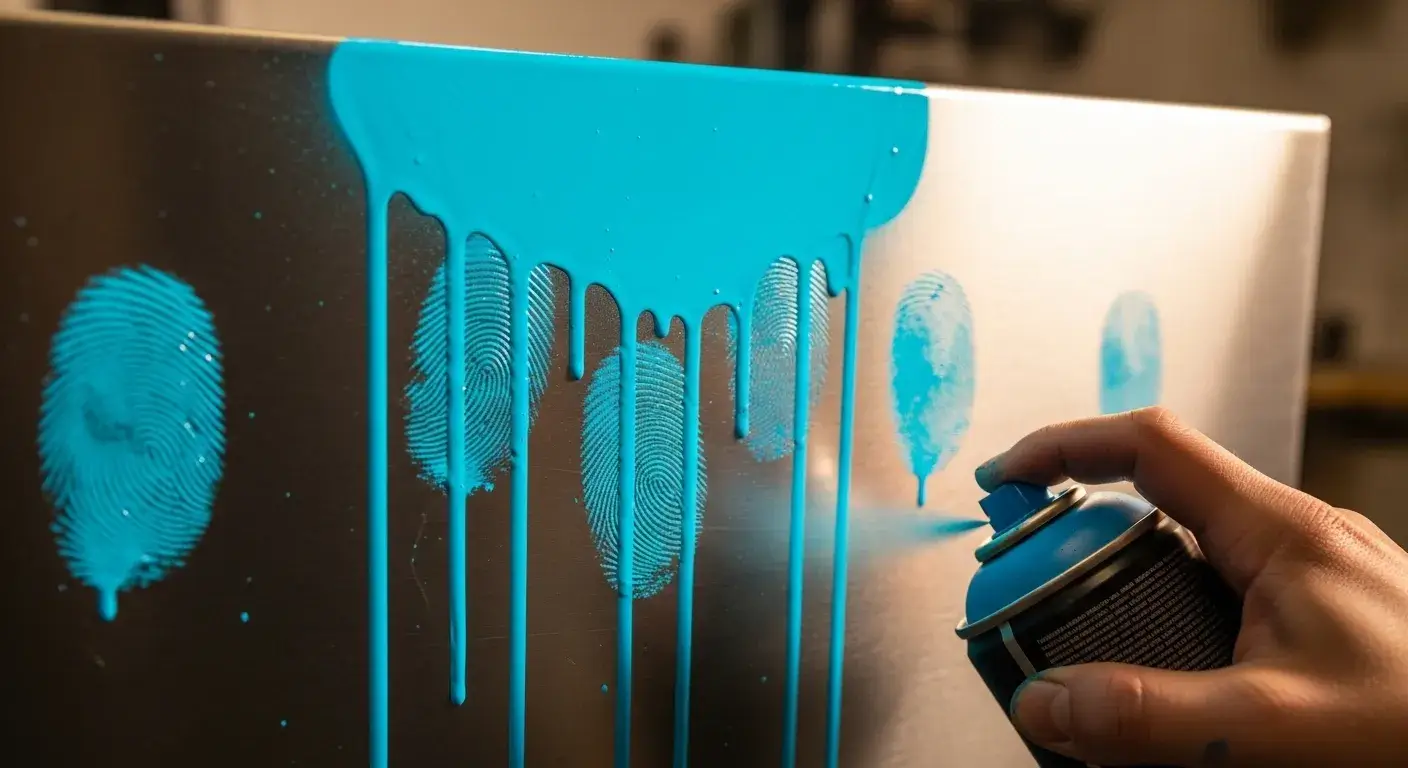
Common Mistakes to Avoid
- Not sanding or degreasing the surface
- Skipping primer or using the wrong type
- Spraying too close or applying thick coats
- Painting in humid or cold weather
Always read the paint label for instructions.
How do you protect and seal spray-painted stainless steel for longevity?
Your last step should always be sealing.
Apply a clear topcoat8 after the paint dries completely to protect it from wear, UV, and scratches.
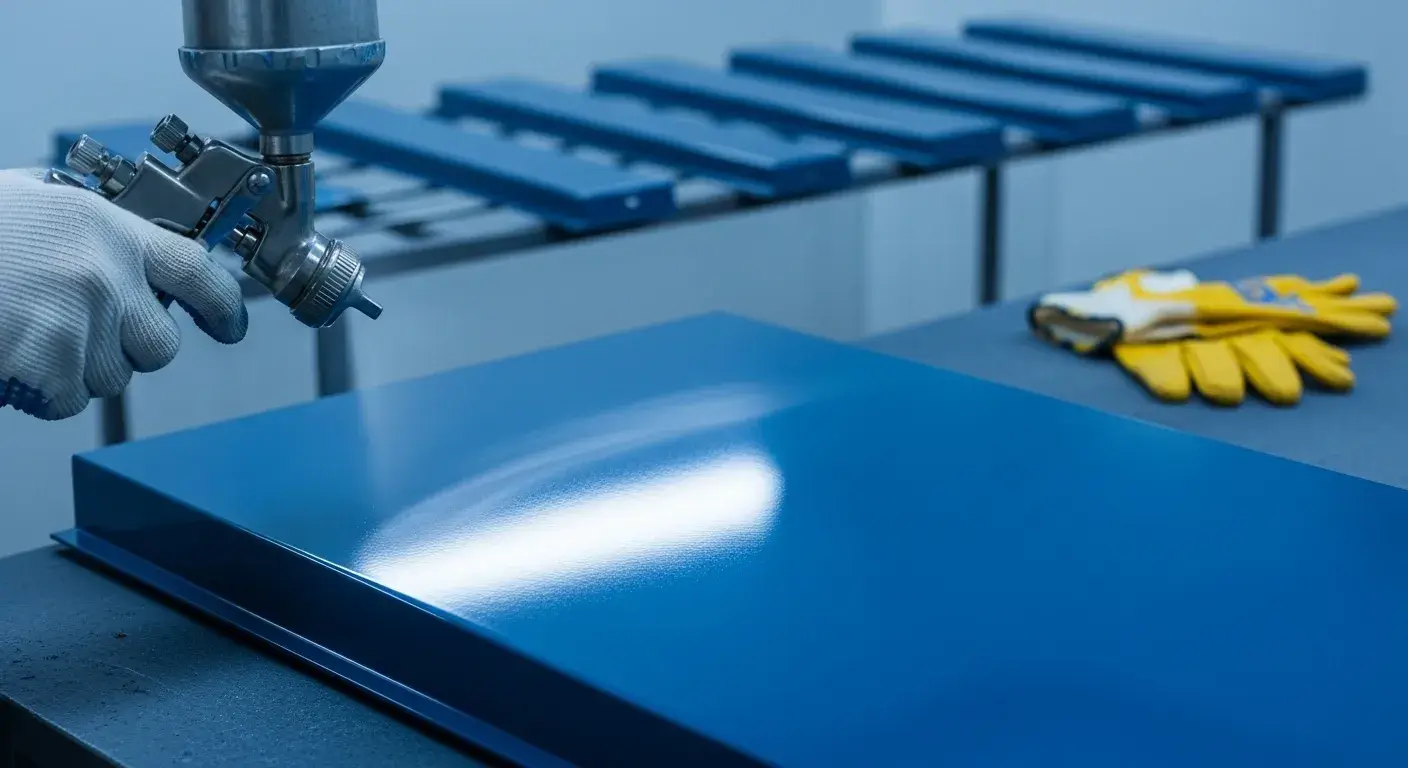
Best Sealers for Painted Stainless Steel
- Clear acrylic sealers
- Polyurethane spray
- Epoxy topcoat (for extra durability)
Let the paint cure fully (usually 24–48 hours) before sealing.
Are there specialized spray paints formulated specifically for stainless steel?
Yes, there are paints made with stainless pigments and corrosion-resistant additives.
These specialty stainless steel paints9 are ideal for restoring stainless finishes or painting over stainless while keeping a steel-like look.
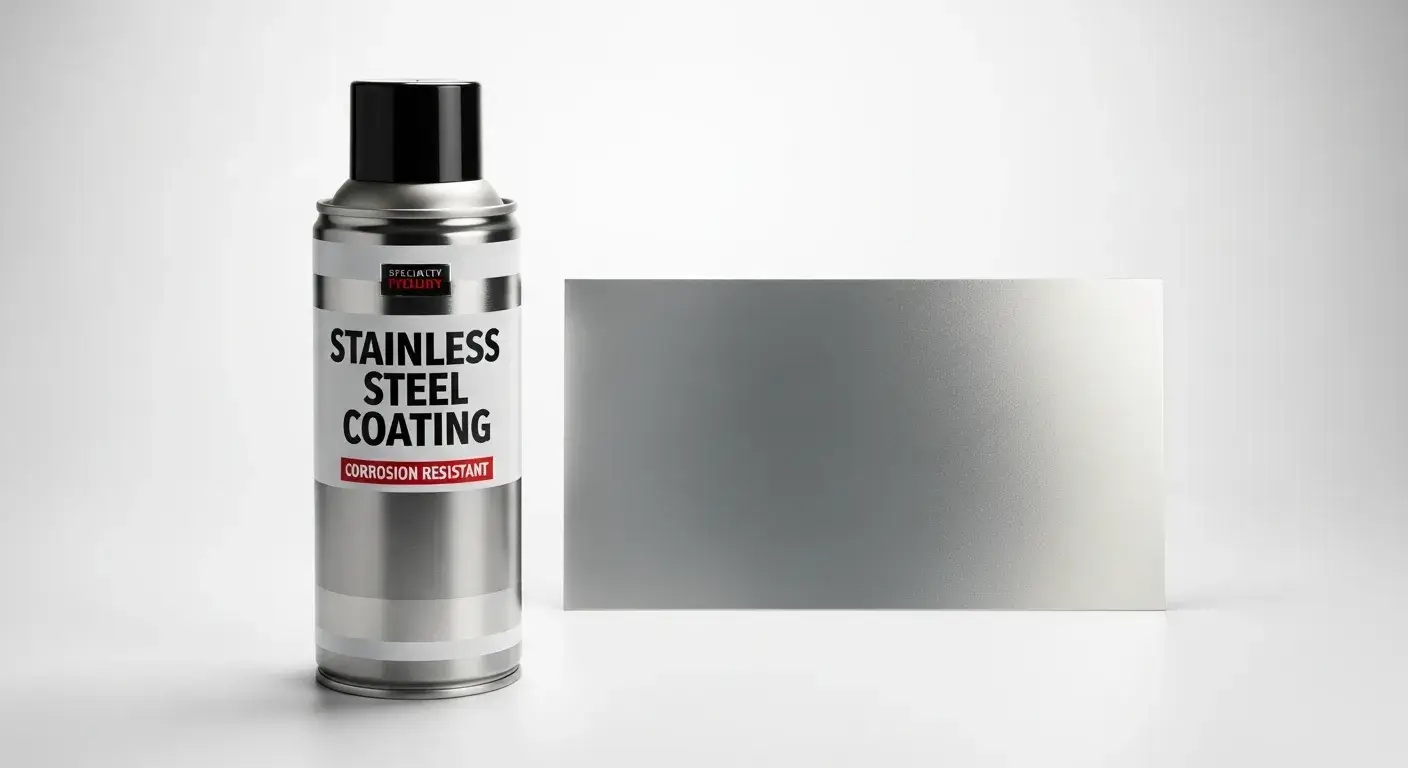
Look for temperature resistance, corrosion protection, and stainless steel in the label description.
What are the environmental and safety considerations when spray painting stainless steel?
Paint fumes and overspray can be hazardous—protect yourself.
Spray paints and primers release VOCs10, so always work in a well-ventilated space and wear safety gear.
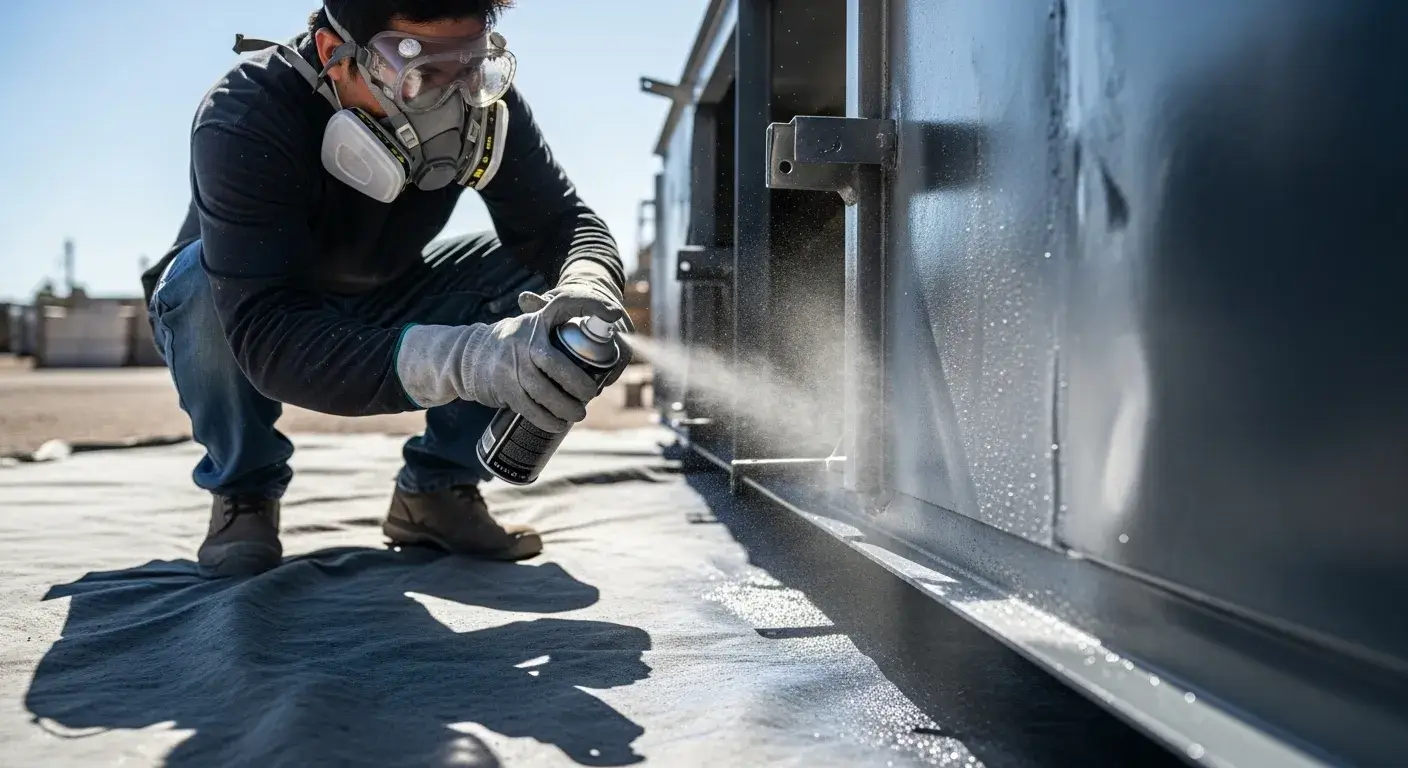
Safety Musts
- Wear a mask (N95 or respirator)
- Protect eyes with goggles
- Use gloves and protective clothing
- Keep away from open flames
Dispose of used cans and rags according to local hazardous waste rules.
Conclusion
Yes, stainless steel can be spray painted if you clean, sand, prime, paint, and seal it the right way—step by step.
FAQs
Can I spray paint stainless steel without primer?
No, paint will peel unless you use a primer made for metal surfaces.
What kind of primer is best for stainless steel?
Epoxy-based or Rust-Oleum 3333 Super Adhesion Primer.
How long does spray paint last on stainless steel?
1–3 years indoors with proper prep and sealing. Less outdoors.
What’s better—spray paint or powder coating?
Spray paint is DIY-friendly. Powder coating is more durable but needs pro equipment.
Can I use regular wall paint on stainless steel?
No. Wall paint doesn’t bond to metal and will chip off quickly.
Footnotes:
-
Ensures proper adhesion to non-porous stainless surfaces ↩
-
Prepping the surface prevents peeling or chipping paint ↩
-
Designed to chemically bond with stainless steel for lasting durability ↩
-
Formulated for hard surfaces with corrosion resistance ↩
-
These steps help paint bond securely to the metal ↩
-
Ideal for short-term use or indoor surfaces ↩
-
Most adhesion failures are due to lack of surface prep ↩
-
Clear topcoats protect painted finishes from wear and UV ↩
-
Specialty paints replicate the stainless look while protecting the surface ↩
-
Volatile organic compounds (VOCs) are harmful without ventilation ↩

